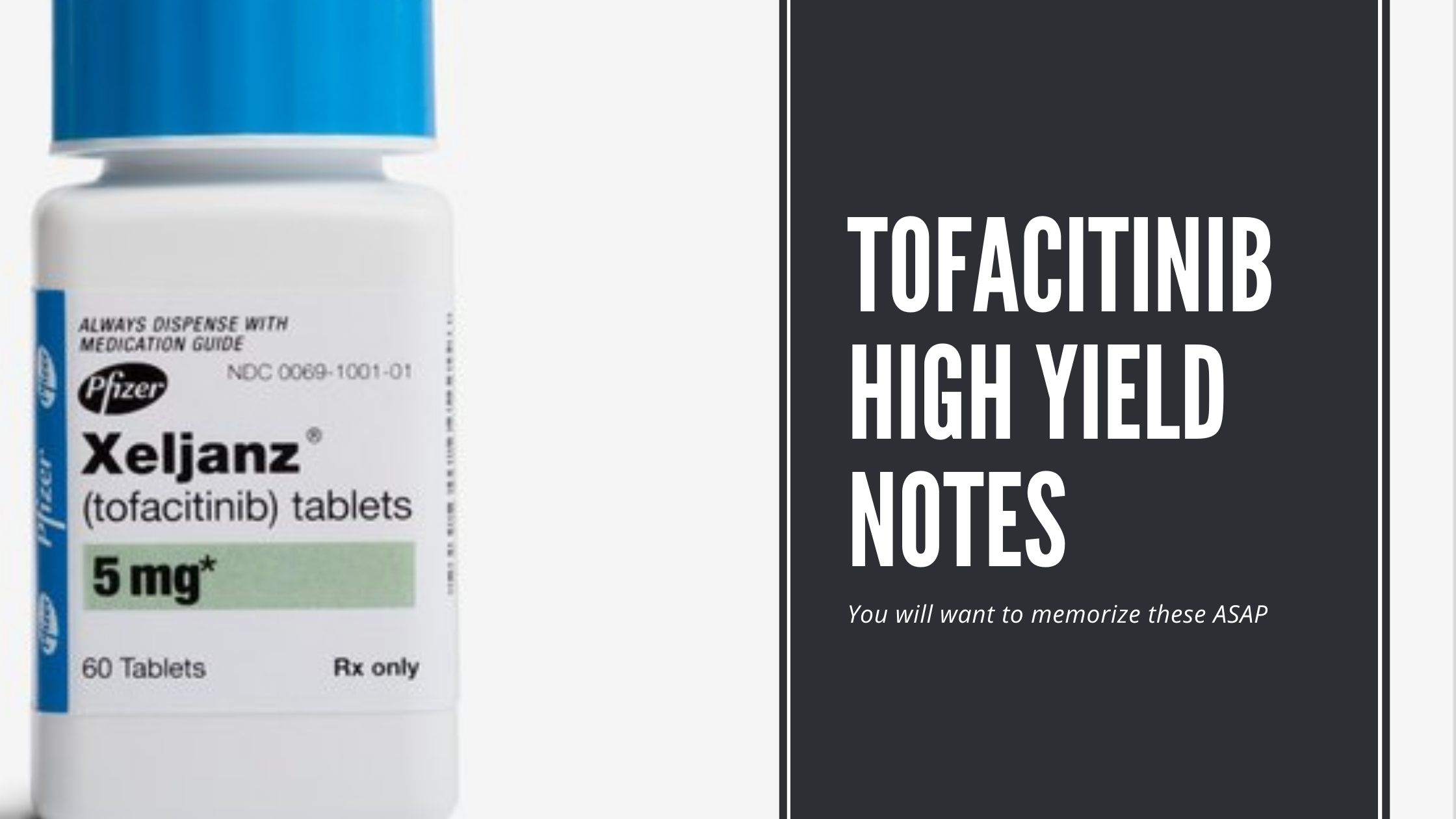Sepsis is the leading cause of death related to infection. In January 2017, The Society of Critical Care
Medicine (SCCM) released updated sepsis guidelines. A summary of the important recommendations are
below:
Definition of Sepsis:
- Sepsis is life-threatening organ dysfunction caused by dysregulated host response to infection.
- A Quick Sequential Organ Failure Assessment (qSOFA) should be used, instead of Systemic Inflammatory Response Syndrome (SIRS) criteria, to quickly identify potentially septic patients at the bedside. If patients have two or more of the qSOFA criteria, a full SOFA assessment should be conducted to diagnose sepsis.
- The term “severe sepsis” was considered redundant and has been removed.
- Septic shock is a subset of sepsis with circulatory and cellular/metabolic dysfunction associated with higher risk of mortality.
- Septic shock is diagnosed when vasopressors are required to maintain a Mean Arterial Pressure (MAP) ≥65 AND serum lactate level >2 mmol/L.
Initial Resuscitation:
- Administer 30 mL/kg IV crystalloid fluids within the first 3 hours. Balanced crystalloids (ex: Plasmalyte) or normal saline are recommended.
- Administer albumin in addition to crystalloids, when substantial volumes of crystalloids are required.
- Additional fluid should be guided by frequent reassessment of hemodynamic status. Guide resuscitation to normalize lactate.
Antimicrobial Therapy:
- Appropriate cultures should be obtained prior to starting antimicrobial therapy (if there will be no substantial delay in administering antimicrobials). At least 2 sets of blood cultures (anaerobic and aerobic) should always be taken.
- Administer IV antimicrobials as soon as possible within 1 hour. Empiric broad spectrum therapy, using at least 2 antibiotics of different antimicrobial classes, should be administered to cover all likely pathogens.
- Empiric therapy should be narrowed once the pathogen is identified and sensitivities are established and/or adequate clinical improvement is noted.
- Antimicrobial treatment duration of 7 to 10 days is adequate for most infections. Procalcitonin levels can be used to shorten the duration of antimicrobial therapy or to support discontinuation of empiric antibiotics.
Vasoactive Medications:
- Norepinephrine is recommended as first line to target a MAP of 65.
- Vasopressin (up to 0.03 units/min) or EPINEPHrine may be added to norepinephrine.
- DOBUtamine may be added in patients with persistent hypoperfusion despite fluids and vasopressors.
Corticosteroids:
- IV hydrocortisone is NOT recommended if adequate fluid resuscitation and vasopressors are able to restore hemodynamic stability.
- If patients remain unstable, administer IV hydrocortisone 200 mg/day.
VTE Prophylaxis:
- Low molecular weight heparin is recommended rather than unfractionated heparin, in the absence of contraindications.
- A combination of pharmacological and mechanical prophylaxis is recommended.
Stress Ulcer Prophylaxis:
- Proton pump inhibitors or histamine2- receptor antagonists are recommended in patients with risk factors for GI bleeding.
- Stress ulcer prophylaxis is not recommended in patients without risk factors for GI bleeding.
Operationalization of Clinical Criteria Identifying Patients With Sepsis:
To be completed within 3 hours:
- Measure lactate level.
- Obtain blood cultures prior to administration of antibiotics.
- Administer broad spectrum antibiotics.
- Administer 30ml/kg crystalloid for hypotension or lactate ≥ 4mmol/L
“Time of presentation” is defined as the time of triage in the emergency department or, if presenting from another care venue, from the earliest chart care venue, from the earliest chart annotation consistent with all elements of severe Sepsis or septic shock ascertained through chart review.
To be completed within 6 hours
- Apply vasopressors (for hypotension that doesn’t respond to initial fluid resuscitation) to maintain a mean arterial pressure (MAP) ≥65 mm Hg.
- In the event of persistent hypotension after initial fluid administration (MAP < 65 mm Hg) or if initial lactate was ≥ 4mmol/L, re-assess volume status and tissue perfusion and document findings according to the table above (clinical criteria).
- Re-measure lactate if initial lactate elevated.





Leave A Comment